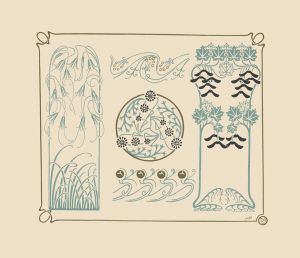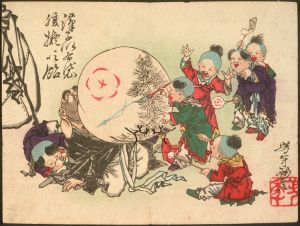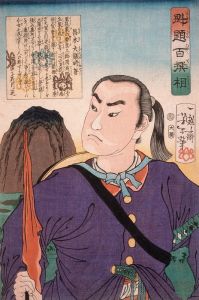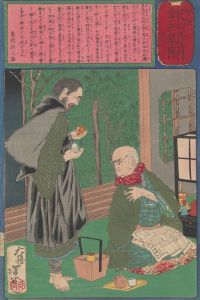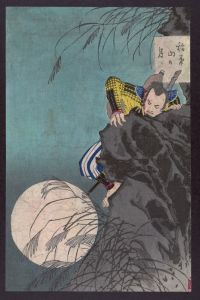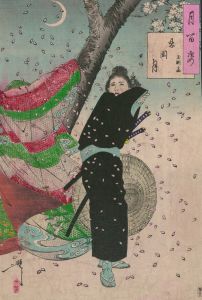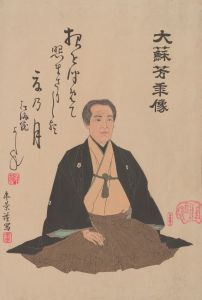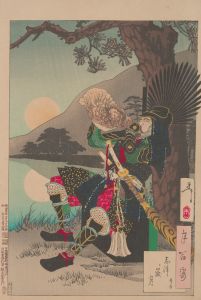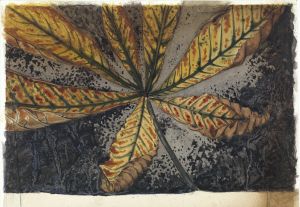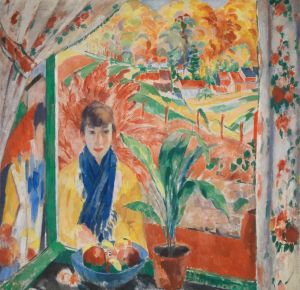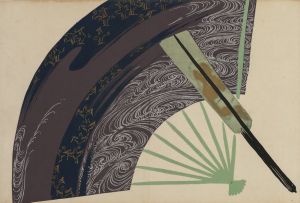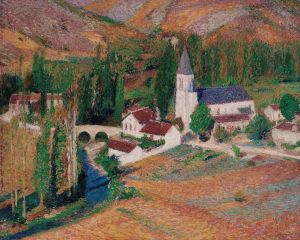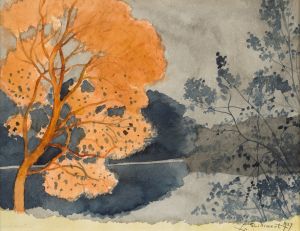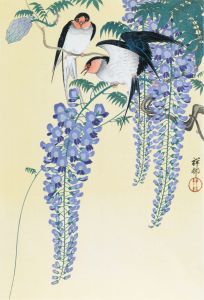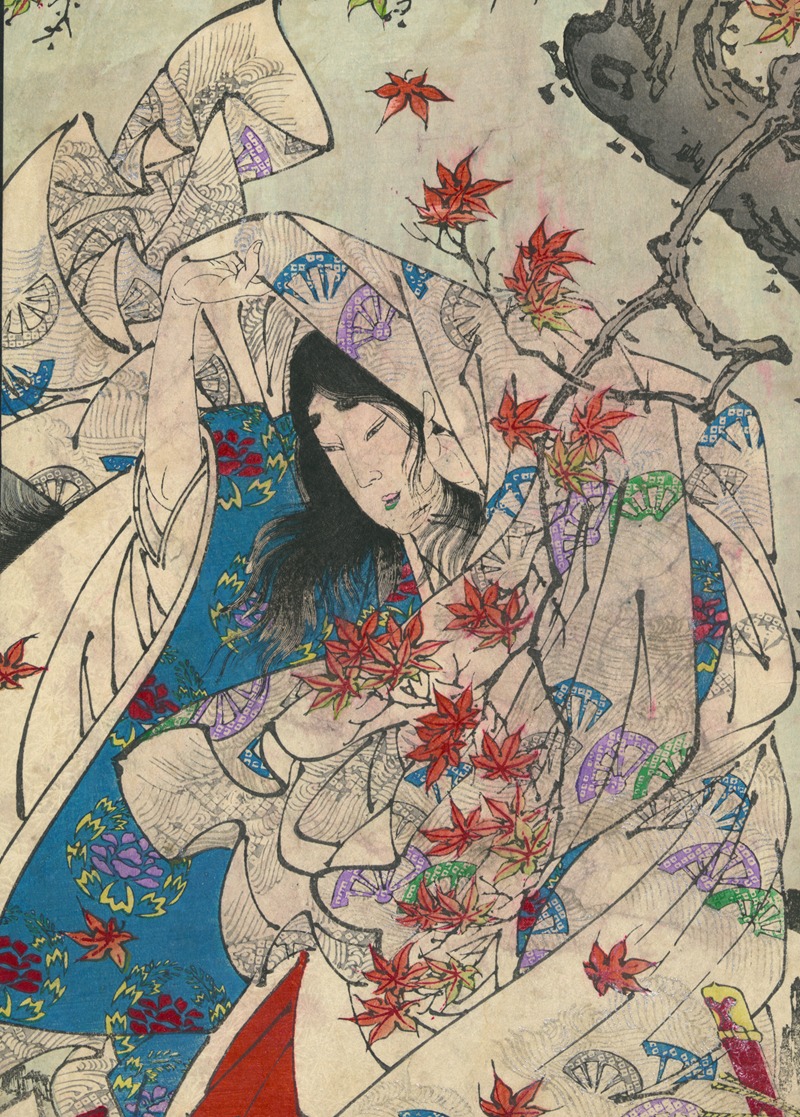
Momijigari
A hand-painted replica of Tsukioka Yoshitoshi’s masterpiece Momijigari, meticulously crafted by professional artists to capture the true essence of the original. Each piece is created with museum-quality canvas and rare mineral pigments, carefully painted by experienced artists with delicate brushstrokes and rich, layered colors to perfectly recreate the texture of the original artwork. Unlike machine-printed reproductions, this hand-painted version brings the painting to life, infused with the artist’s emotions and skill in every stroke. Whether for personal collection or home decoration, it instantly elevates the artistic atmosphere of any space.
"Momijigari" is a woodblock print created by the renowned Japanese artist Tsukioka Yoshitoshi, who was active during the late Edo and early Meiji periods. Yoshitoshi is celebrated for his innovative approach to ukiyo-e, a genre of Japanese woodblock prints and paintings that flourished between the 17th and 19th centuries. His work often depicted historical scenes, kabuki actors, beautiful women, and supernatural themes, with a distinctive style that combined traditional techniques with a modern sensibility.
The term "Momijigari" translates to "autumn leaf viewing" in English and is a popular cultural activity in Japan, where people enjoy the beauty of autumn foliage. However, in the context of Yoshitoshi's work, "Momijigari" refers to a specific subject matter derived from a Noh play of the same name. The play "Momijigari" tells the story of a warrior named Taira no Koremochi who encounters a beautiful woman and her attendants while on a hunting trip in the mountains. The woman invites Koremochi to a feast, but as he falls asleep, he is warned in a dream that she is actually a demon in disguise. Upon awakening, Koremochi defeats the demon, who had taken the form of the beautiful woman.
Yoshitoshi's depiction of "Momijigari" captures the dramatic and supernatural elements of the story. His print likely illustrates a scene from the narrative, showcasing his skill in portraying dynamic movement and emotional intensity. Yoshitoshi was known for his ability to convey complex stories through his art, often using vivid colors and intricate details to enhance the visual impact.
The print is part of Yoshitoshi's broader body of work, which includes the famous series "One Hundred Aspects of the Moon" (Tsuki hyakushi), completed between 1885 and 1892. This series is considered one of his masterpieces and features various scenes inspired by Japanese and Chinese history, literature, and folklore, all unified by the motif of the moon. While "Momijigari" itself may not be part of this series, it reflects Yoshitoshi's enduring interest in themes of transformation, illusion, and the supernatural.
Yoshitoshi's work, including "Momijigari," played a significant role in the revival of the ukiyo-e tradition during a time when it was facing decline due to the modernization and Westernization of Japan. His prints are appreciated not only for their artistic merit but also for their cultural and historical significance, offering insights into the values and narratives of his time.
Today, Yoshitoshi's prints, including "Momijigari," are held in high esteem by collectors and art historians. They are featured in museum collections worldwide, where they continue to be studied and admired for their technical excellence and storytelling prowess. Through works like "Momijigari," Yoshitoshi has left a lasting legacy in the world of Japanese art, bridging the gap between traditional and modern artistic expressions.





